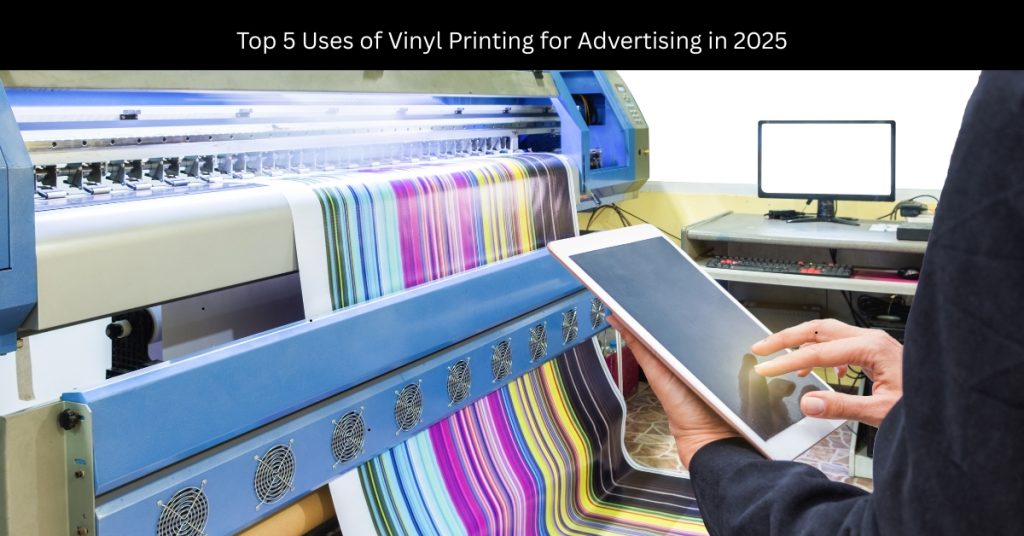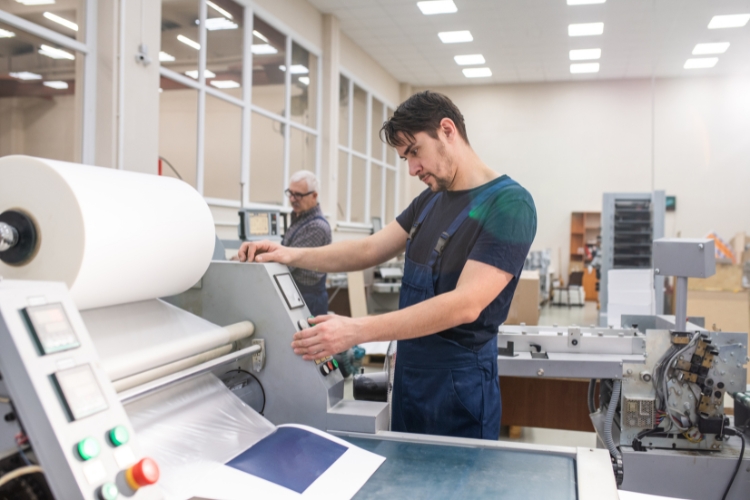Artificial Intelligence (AI) continues to shape our lives in 2025, from automating daily tasks to transforming healthcare, education, and business operations.
This article explores the major advantages and disadvantages of AI, including its role in improving productivity and decision-making, as well as concerns around job displacement, bias, and privacy.
Understanding both sides helps individuals and businesses make informed decisions about integrating AI into their systems and workflows.
Key Takeaways!
| Aspect | Pros | Cons |
|---|---|---|
| Productivity | AI automates repetitive tasks, saving time and increasing output. | Over-dependence may reduce human skill development. |
| Decision-Making | Data-driven insights lead to better accuracy and efficiency. | Algorithms may reflect biases in the training data. |
| Healthcare & Education | Enhances diagnosis accuracy and personalizes learning experiences. | Ethical concerns around data privacy and access. |
| Cost Efficiency | Reduces long-term costs with automation and smart analytics. | High initial setup and maintenance costs. |
| Job Market Impact | Creates new job roles in AI development and management. | Replaces some manual and low-skill jobs, causing unemployment. |
| Security & Surveillance | Boosts safety through real-time threat detection. | Raises privacy concerns and potential misuse of surveillance tech. |
Understanding Vinyl Printing Technology in 2025
Vinyl printing technology has undergone significant improvements in recent years, with 2025 marking a particularly exciting period for innovation in this field. Modern vinyl printing utilizes advanced digital printing techniques combined with high-quality vinyl substrates to produce graphics that are more vibrant, durable, and versatile than ever before.
The printing process typically involves large-format digital printers that use eco-solvent, latex, or UV-curable inks to create detailed images and text on vinyl material. These inks are formulated to resist fading, cracking, and peeling, ensuring that your advertising investment maintains its visual impact over extended periods.
Contemporary vinyl materials come in various finishes including matte, gloss, textured, and specialty options like reflective or glow-in-the-dark variants. This diversity allows advertisers to select the perfect material for their specific application, whether it’s an outdoor vinyl banner that needs weather resistance or an indoor wall graphic that requires easy removal without surface damage.
The precision of modern vinyl printing also enables the creation of intricate designs, small text, and photographic-quality images that were previously impossible to achieve with older printing methods. This technological advancement has opened new possibilities for creative advertising applications that we’ll explore throughout this article.
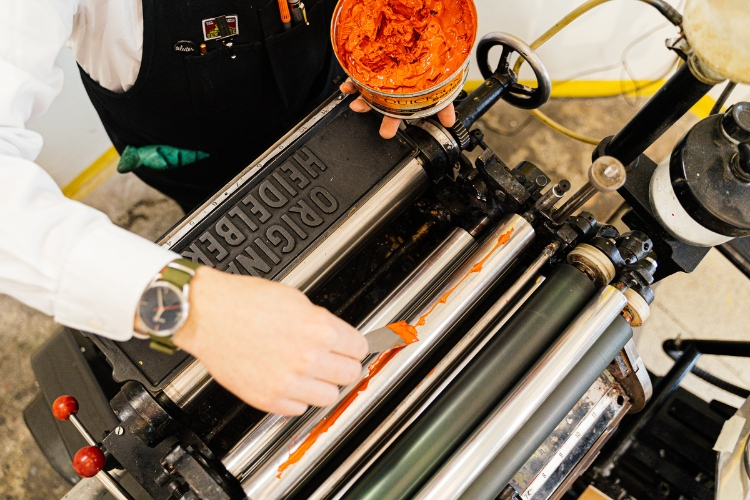
Outdoor Vinyl Banners for Maximum Visibility
Outdoor vinyl banners represent one of the most powerful and cost-effective advertising tools available to businesses in 2025. These large-format displays offer unparalleled visibility and can be strategically positioned to capture maximum audience attention in high-traffic areas.
1. Strategic Placement and Impact
The effectiveness of vinyl banners lies in their ability to command attention from significant distances. Unlike digital advertising that can be blocked or ignored, physical vinyl banners create an unavoidable presence in the viewer’s environment. When strategically placed along busy roadways, at construction sites, or during outdoor events, these banners can generate thousands of impressions daily.
Modern vinyl banners are engineered to withstand harsh weather conditions including UV exposure, rain, wind, and temperature fluctuations. The materials used in 2025 feature enhanced durability ratings, with many banners maintaining their visual quality for 3-5 years in outdoor environments. This longevity makes them an exceptional value proposition compared to other advertising mediums that require frequent replacement or renewal.
2. Design Considerations for Maximum Effectiveness
Creating effective vinyl banners requires understanding the principles of outdoor advertising design. The most successful banners feature bold, high-contrast colors that remain visible in various lighting conditions. Typography must be large enough to read from the intended viewing distance, typically requiring letters that are at least 10 inches tall for roadside visibility.
The message itself should be concise and immediately comprehensible, as viewers typically have only a few seconds to process the information. Successful vinyl banners often follow the “7-word rule,” limiting text to seven words or fewer to ensure quick comprehension while maintaining impact.
Color psychology plays a crucial role in vinyl banner effectiveness. Red and yellow combinations create urgency and grab attention, while blue and green convey trust and stability. The choice of color scheme should align with both the brand identity and the intended emotional response from the target audience.
3. Installation and Maintenance Best Practices
Proper installation is critical for maximizing the lifespan and effectiveness of outdoor vinyl banners. Professional installation ensures that banners are securely mounted with appropriate tension to prevent flapping and premature wear. Grommets should be evenly spaced and reinforced to prevent tearing under wind stress.
Regular maintenance extends the life of vinyl banners significantly. Monthly inspections should check for loose grommets, minor tears, or fading. Early intervention can prevent minor issues from becoming major problems that require complete banner replacement.

Interior Wall Graphics for Brand Immersion
Wall graphics have revolutionized interior advertising and brand representation in 2025, transforming plain walls into powerful brand communication tools. These applications range from subtle accent graphics to full wall murals that create immersive brand experiences for customers and employees alike.
1. Creating Immersive Brand Environments
Interior wall graphics offer businesses the opportunity to control every aspect of their customer’s visual experience. Unlike external advertising that must compete with numerous distractions, interior graphics have a captive audience and can tell more complex brand stories through sequential or interconnected designs.
Restaurants use wall graphics to create themed environments that enhance the dining experience and encourage social media sharing. Retail stores employ graphics to guide customer flow, highlight product categories, and create Instagram-worthy moments that extend their marketing reach through user-generated content.
Corporate offices utilize wall graphics to reinforce company culture, display mission statements, and create inspiring work environments that boost employee morale and productivity. These applications serve dual purposes as both internal motivation tools and impressive displays for client visits.
2. Technical Considerations for Wall Applications
The success of wall graphics depends heavily on proper surface preparation and material selection. Different wall surfaces require specific vinyl types and adhesives to ensure proper adhesion without surface damage upon removal. Textured walls may require special conformable vinyls that can adapt to surface irregularities.
Installation techniques for wall graphics require specialized skills and tools. Professional installers use application fluids, squeegees, and heat guns to ensure bubble-free application and proper adhesion. The installation environment must be controlled for temperature and humidity to achieve optimal results.
Removability is often a crucial consideration for wall graphics, particularly in rental spaces or areas where graphics may need updating. Modern removable adhesives allow for clean removal even after extended periods, though the ease of removal can vary based on wall surface, environmental conditions, and installation quality.
3. Design Strategies for Interior Spaces
Interior wall graphics benefit from different design approaches compared to outdoor applications. Since viewers have more time to examine the graphics and often view them from various angles and distances, more detailed and complex designs become feasible.
Lighting considerations are paramount for interior graphics. The interplay between natural and artificial lighting can dramatically affect color appearance and readability throughout the day. Designers must account for these variations to ensure consistent visual impact.
Space utilization strategies can maximize the impact of wall graphics within budget constraints. Corner installations, ceiling applications, and multi-wall compositions can create dramatic effects without requiring full-wall coverage, making impactful installations more accessible to businesses with limited budgets.
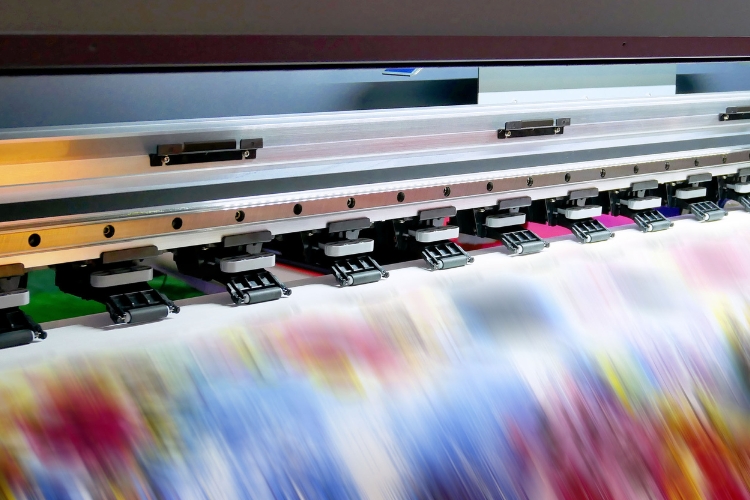
Vehicle Wraps and Fleet Graphics
Vehicle advertising through vinyl wraps and graphics has become increasingly sophisticated in 2025, offering businesses mobile billboards that generate impressions wherever they travel. This advertising method provides exceptional reach and frequency at a relatively low cost per impression.
1. Mobile Advertising Advantages
Vehicle wraps transform ordinary vehicles into moving advertisements that can reach diverse audiences throughout various geographic areas. Unlike stationary advertising that reaches only people who pass a specific location, wrapped vehicles can access different neighborhoods, business districts, and demographic areas throughout their normal operational routes.
The impression generation potential of vehicle wraps is substantial. Studies indicate that a single wrapped vehicle can generate 30,000-70,000 daily impressions depending on the vehicle type, route, and local traffic patterns. Over the typical 3-5 year lifespan of a vehicle wrap, this translates to millions of impressions at a cost per impression that rivals or beats traditional advertising media.
Fleet graphics create powerful brand recognition through repetition and consistency. When multiple vehicles feature coordinated designs, they create a strong brand presence that suggests stability and success to potential customers. This psychological impact can be particularly powerful for service-based businesses where trust and reliability are crucial factors in customer decision-making.
2. Design and Installation Considerations
Vehicle wrap design requires specialized expertise to account for the three-dimensional nature of vehicle surfaces. Designers must consider door handles, mirrors, windows, and body contours when creating layouts. The most effective designs work with these elements rather than against them, incorporating vehicle features into the overall design concept.
Color and contrast considerations are even more critical for vehicle graphics than stationary applications. The graphics must remain visible and readable under various lighting conditions, viewing angles, and while the vehicle is in motion. High-contrast combinations and bold typography ensure maximum visibility and impact.
Installation complexity varies significantly based on vehicle type and design coverage. Full wraps require complete vehicle disassembly of certain components and can take 2-3 days to complete properly. Partial wraps and graphics can often be completed more quickly while still providing significant visual impact at reduced cost.
3. Maintenance and Longevity
Proper maintenance significantly extends the life and appearance of vehicle wraps. Regular washing with appropriate cleaning products prevents buildup of road grime and contaminants that can cause premature degradation. Avoiding high-pressure washing and harsh chemicals helps maintain the vinyl’s integrity and appearance.
Parking considerations affect wrap longevity, with covered parking providing significant protection from UV exposure and weather-related wear. When covered parking isn’t available, regular application of UV protectant can help maintain color vibrancy and prevent premature fading.
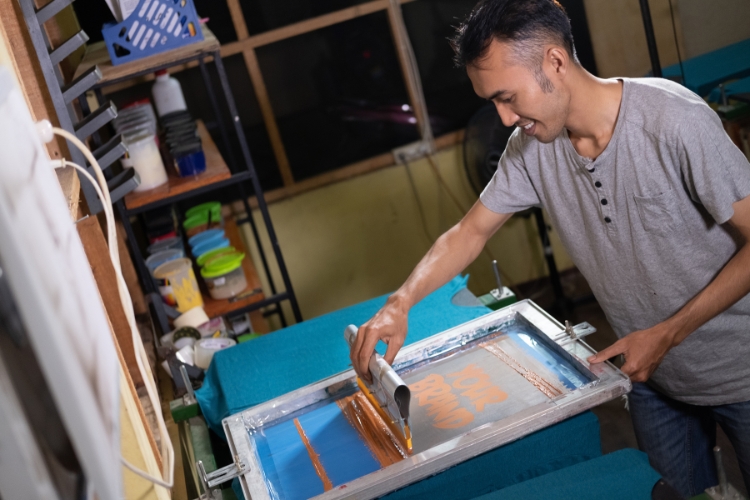
Promotional Decals for Product Marketing
Promotional decals represent one of the most versatile and cost-effective applications of vinyl printing for advertising in 2025. These small but impactful graphics serve multiple marketing functions, from brand awareness to direct response campaigns.
1. Versatility in Application
Promotional decals can be applied to virtually any smooth surface, making them incredibly versatile marketing tools. Retailers use them on windows to promote sales and special offers. Service businesses apply them to customer equipment or installations as ongoing brand reminders. Event organizers use them as giveaways that extend marketing reach through recipients’ personal items.
The small size and low cost of promotional decals make them ideal for testing marketing messages and designs. Businesses can quickly produce and deploy different versions to gauge audience response before committing to larger, more expensive advertising investments.
Custom shapes and die-cutting capabilities allow promotional decals to move beyond traditional rectangular formats. Brand logos, product silhouettes, and creative shapes can all be produced as decals, providing unique brand touchpoints that stand out from conventional advertising approaches.
2. Strategic Distribution Methods
The distribution strategy for promotional decals significantly impacts their effectiveness. Direct mail campaigns can include decals as value-added items that increase open rates and engagement. Trade shows and events provide face-to-face distribution opportunities where decals serve as lasting reminders of brand interactions.
Partnership distribution extends reach through complementary businesses. For example, automotive service providers might distribute each other’s decals, or local businesses might create cross-promotional decal packages that benefit all participants.
Digital integration strategies combine physical decals with QR codes or unique identifiers that link to online content, tracking systems, or special offers. This approach bridges the gap between physical and digital marketing while providing measurable response data.
3. Quality and Durability Standards
The effectiveness of promotional decals depends heavily on their perceived quality and actual durability. Low-quality decals that fade, peel, or deteriorate quickly can create negative brand associations and waste marketing investment.
Modern promotional decals utilize premium vinyl materials and adhesives that maintain their appearance and adhesion for extended periods. UV-resistant inks ensure color stability, while conformable vinyl allows application to slightly curved surfaces without bubbling or lifting.
Weather resistance varies based on intended application. Indoor decals can utilize different materials than outdoor applications, allowing for cost optimization while maintaining appropriate performance standards for the intended environment.
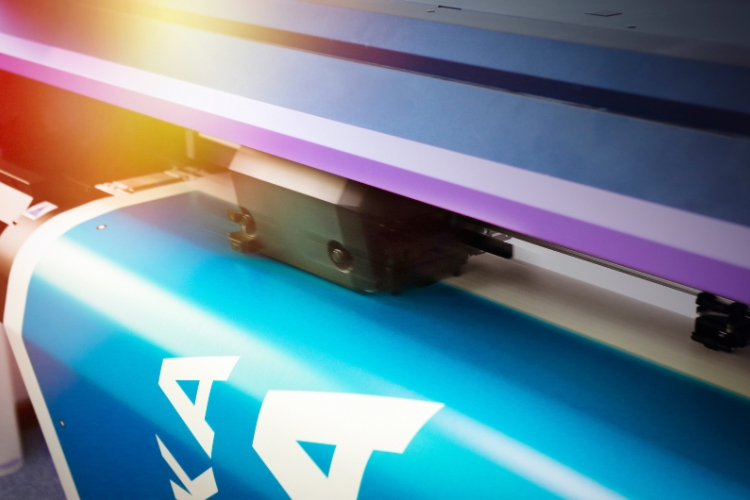
Point-of-Sale and Retail Graphics
Point-of-sale vinyl graphics have evolved into sophisticated marketing tools that influence purchase decisions at the critical moment when customers are ready to buy. These applications combine promotional messaging with functional guidance to create seamless shopping experiences.
1. Influencing Purchase Decisions
Strategic placement of vinyl graphics at decision points throughout the retail environment can significantly impact sales performance. Floor graphics guide customers through optimal shopping paths while highlighting featured products and promotions. End-cap displays featuring vinyl graphics can increase product visibility and impulse purchasing.
Seasonal and promotional graphics allow retailers to quickly update their environment to reflect current campaigns, holidays, or inventory changes. The relatively low cost and quick turnaround time of vinyl graphics make them ideal for dynamic retail environments that require frequent updates.
Product information graphics serve both marketing and educational functions, providing detailed specifications, benefits, and usage instructions that help customers make informed purchasing decisions. These graphics can reduce the need for sales staff intervention while improving customer satisfaction and reducing returns.
2. Integration with Store Layout
Effective retail graphics integration requires understanding customer flow patterns and shopping behaviors. Graphics placement should complement natural traffic patterns rather than competing with them. Wayfinding graphics help customers navigate efficiently while exposing them to promotional messages and product highlights.
Brand consistency throughout the retail environment reinforces brand identity and creates professional, cohesive shopping experiences. Coordinated color schemes, typography, and design elements across all vinyl graphics contribute to strong brand recognition and customer trust.
Flexibility in graphic systems allows retailers to adapt to changing merchandise, seasonal requirements, and promotional campaigns. Modular graphic systems with interchangeable components provide cost-effective solutions for dynamic retail environments.
Comparison of Vinyl Printing Applications
| Application Type | Durability | Cost Range | Installation Complexity | Typical ROI Timeline |
|---|---|---|---|---|
| Outdoor Vinyl Banners | 3-5 years | $50-$500 | Low | 1-3 months |
| Wall Graphics | 5-7 years | $200-$2000 | Medium | 6-12 months |
| Vehicle Wraps | 3-5 years | $1500-$5000 | High | 3-6 months |
| Promotional Decals | 2-3 years | $0.50-$5 each | Low | Immediate |
| Retail Graphics | 1-3 years | $100-$1000 | Medium | 1-6 months |
Future Trends and Innovations
The vinyl printing industry continues to evolve rapidly, with 2025 bringing exciting new possibilities for advertising applications. Smart vinyl graphics incorporating NFC technology and QR codes are becoming standard features, enabling seamless integration between physical and digital marketing campaigns.
Sustainability improvements in vinyl materials and production processes are addressing environmental concerns while maintaining performance standards. Recyclable vinyl options and eco-friendly ink formulations are becoming more widely available, allowing businesses to pursue effective advertising while meeting sustainability goals.
Augmented reality integration represents an emerging frontier for vinyl printing applications. Graphics designed to trigger AR experiences through smartphone apps can provide interactive brand experiences that extend far beyond traditional static displays.
Conclusion
Vinyl printing for advertising in 2025 offers businesses unprecedented opportunities to create impactful, cost-effective marketing campaigns across diverse applications. From the commanding presence of outdoor vinyl banners to the subtle influence of promotional decals, these five primary uses demonstrate the versatility and effectiveness of vinyl printing technology.
The key to success lies in understanding the unique strengths and applications of each vinyl printing method, then strategically implementing them as part of comprehensive marketing strategies. Whether creating immersive brand environments with wall graphics, maximizing mobile exposure through vehicle wraps, or influencing purchase decisions with point-of-sale graphics, vinyl printing provides the tools necessary to achieve measurable marketing results.
As technology continues to advance and new applications emerge, vinyl printing will undoubtedly remain a cornerstone of effective advertising strategy. Businesses that embrace these applications and stay current with emerging trends will be well-positioned to capture attention, communicate effectively, and drive meaningful results in an increasingly competitive marketplace.
The investment in quality vinyl printing applications pays dividends through extended durability, professional appearance, and measurable marketing impact. By focusing on strategic implementation, proper installation, and appropriate maintenance, businesses can maximize the return on their vinyl printing investments while creating lasting impressions that drive customer engagement and business growth.
FAQs
-
What are the major benefits of AI in 2025?
AI in 2025 boosts productivity, enhances healthcare, improves decision-making, and personalizes services across industries. It saves time, reduces errors, and provides data-driven insights that help in smarter business operations. -
What are the risks or disadvantages of using AI?
The biggest concerns include job displacement, data privacy issues, bias in algorithms, and over-dependence on technology. Ethical issues around surveillance and decision-making are also growing. -
Is AI taking over jobs in 2025?
AI is automating many repetitive or manual jobs, especially in manufacturing and customer service. However, it’s also creating new roles in tech, data science, AI ethics, and management, shifting the nature of employment. -
Can AI be trusted to make decisions?
AI can provide accurate decisions based on data, but it’s only as good as the data it’s trained on. Bias in data, lack of transparency, and ethical challenges mean human oversight is still essential.

